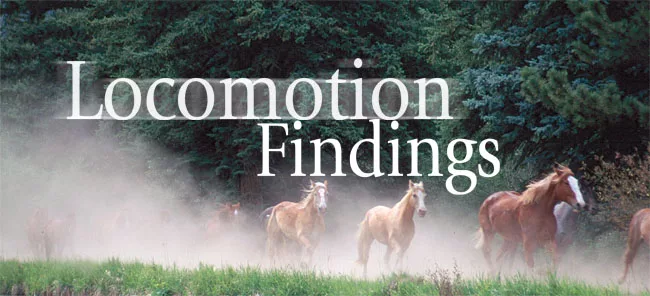American Farriers Journal
American Farriers Journal is the “hands-on” magazine for professional farriers, equine veterinarians and horse care product and service buyers.

The debate about whether horseshoeing and farriery is a science, a craft or perhaps an art form has probably been around since the first horseshoe. For every horseshoeing fact that is solidly rooted in science, there are a dozen or more concepts that have been passed on from farrier to farrier based on hands-on experience.
Equine locomotion researchers — who study how a horse moves and how the various parts of its body work together — have conducted experiments and studies that sometimes support and at other times contradict commonly held horseshoeing wisdom. Here are some research findings, summarized in the book Equine Locomotion, edited by Willem Back and Hilary Clayton, which should be of interest to farriers.
Heels first landings are:
1. More likely with hind limbs than forelimbs.
2. More likely during high-speed movements.
3. More common when hooves are trimmed at a steep
angle (short toe and/or long heels).
Toe first landings are:
4. Normal in certain gaits such as the piaffe.
5. More common when hooves are trimmed at an acute angle (long toes and/or low heels).
Other findings on landings include:
6. Forelimbs appear to land with a higher vertical velocity while hind limbs land with a higher horizontal velocity, meaning that forelimbs bounce and hind limbs slide.
7. Steel horseshoes have been found to slide longer
than rubber shoes.
8. Friction between the hoof and the ground and the hardness of the ground affect the forces applied to the limb during the…